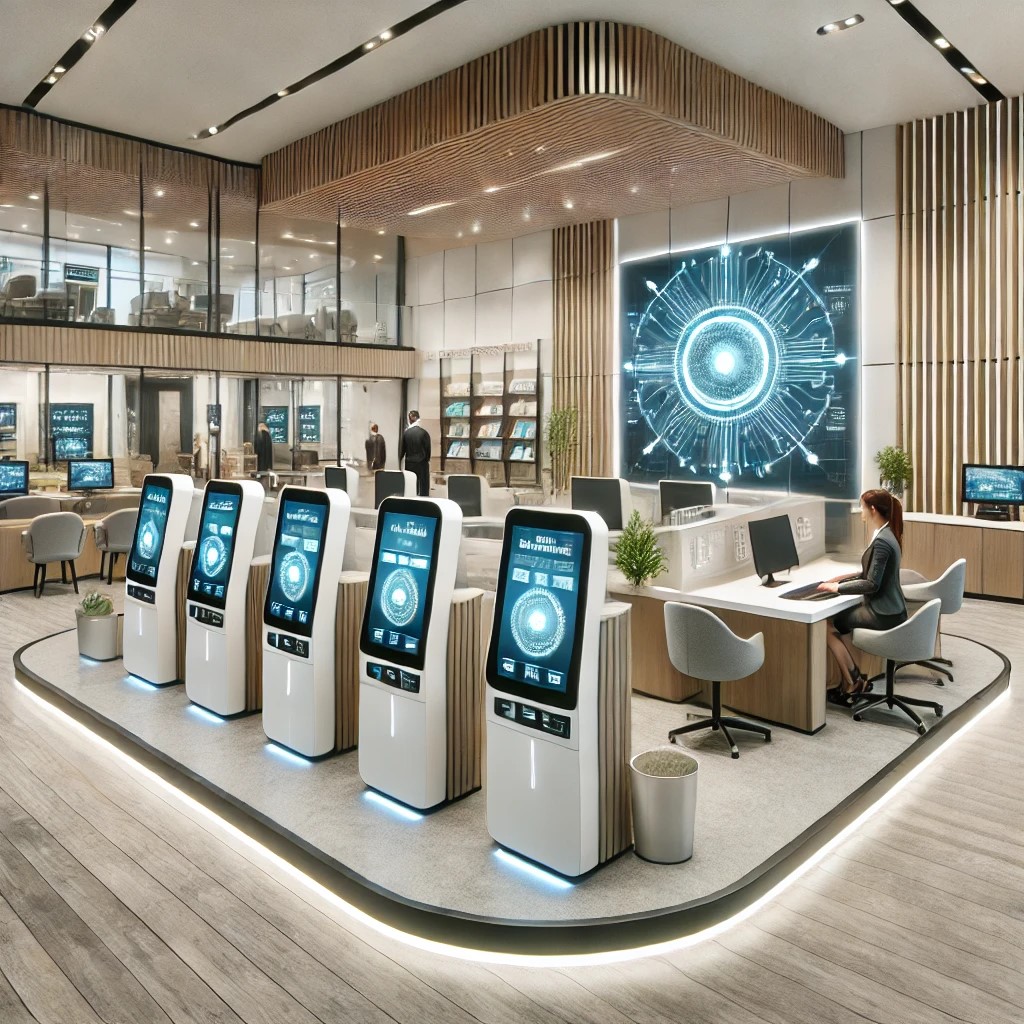The finance sector, particularly traditional banking, has experienced seismic shifts due to the rapid advancement of technology. Innovations such as digital banking, blockchain, and artificial intelligence (AI) are reshaping how banks operate and how they deliver services to their customers. This article explores the current impacts of these technological innovations on traditional banking models and forecasts the trends that could define the future of banking.

Current Impact of Technological Innovations on Banking
Digital Banking Platforms: The rise of digital banking platforms has been one of the most visible changes in the banking industry. Traditional banks are now offering online and mobile banking services that allow customers to perform a variety of transactions online, from money transfers to loan applications. This shift has not only provided convenience to customers but also forced banks to rethink their branch networks and physical presence.
Blockchain and Cryptocurrencies: Blockchain technology offers a decentralized record-keeping system that is transparent and resistant to tampering. It has significant implications for areas such as wire transfers, clearing and settlement processes, and fraud prevention. Meanwhile, cryptocurrencies challenge the very fabric of traditional banking by offering a completely new form of currency management and investment opportunities.

Artificial Intelligence and Machine Learning: AI and machine learning are increasingly being integrated into various aspects of banking, from customer service (via chatbots) to back-end operations (such as risk management and fraud detection). AI enhances the ability of banks to analyze customer data, leading to more personalized banking experiences and improved decision-making processes.
Challenges for Traditional Banks
Despite the advantages brought by these innovations, traditional banks face significant challenges:
Customer Expectations: As customers become more accustomed to the speed and convenience of digital services, they expect the same from their banks. Traditional banks must adapt quickly or risk losing clients to more agile competitors, such as fintech startups and digital-only banks.
Cybersecurity Threats: With increased digitalization comes greater vulnerability to cyber attacks. Banks must strengthen their cybersecurity measures to protect sensitive financial data and maintain customer trust.
Technological Adaptation Costs: Investing in new technology can be costly, and there is also the challenge of integrating new systems with old ones. This can be particularly burdensome for larger, more established banks that have decades-old legacy systems.

Future Predictions
Looking ahead, several trends are likely to influence the future of traditional banking:
Hybrid Banking Models: The future will likely see a blend of digital and physical banking services. While online platforms will handle most transactions, physical branches will evolve to provide more complex customer services and enhance relationship banking.
Greater Personalization: Leveraging data analytics and AI, banks will offer more personalized products and services tailored to the individual needs of customers, enhancing customer satisfaction and loyalty.
In conclusion, technological innovations are fundamentally transforming traditional banking models, making the sector more efficient, customer-focused, and resilient. However, banks must navigate the challenges of this transition, balancing innovation with security and cost management to stay competitive in the rapidly evolving financial landscape.

How to Create a Financial Safety Net

The Impact of Trade Wars on Global Investments

Understanding Commodity Trading and Its Influence on Global Markets

Crypto and Stocks: Diversifying Portfolio in the Digital Age

The Evolution of Corporate Finance in the Digital Age

The Rising Importance of Cybersecurity in Financial Services

Understanding the Basics of Financial Ethics
